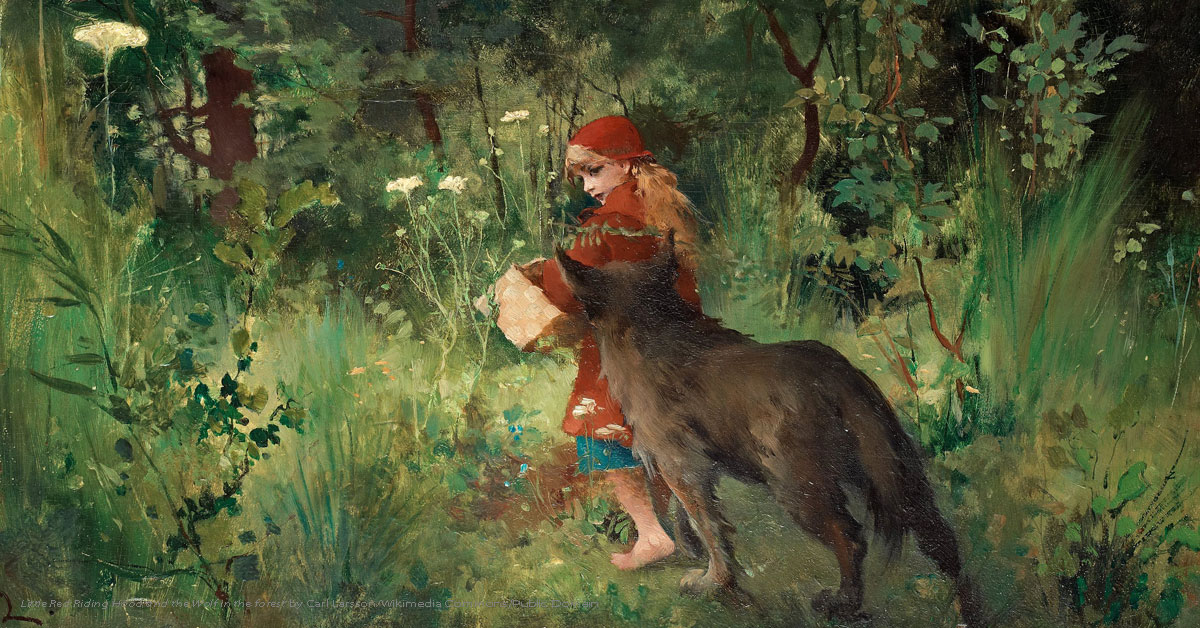
One day when I was a young child, my mom asked me to tell her the story of Little Red Riding Hood. She wrote down my version of this classic children’s story, and I still have the paper today. As I read it, I laugh at my simple expressions to describe the characters and candid explanations of what happened. Here’s one of my favorite lines from my version of “Little Red Riding Hood:” “Her and the boy got some rocks and then they put them all in the wolf and then they took him outside and they swinged him and falled him to the ground.”
It’s silly, I know.
Can you think of an imaginative tale that your child recently told you? These simple (and often silly) stories preschoolers share can not only make us laugh but also impact their writing skills. Developing good writing skills begins with the thought process.
Thinking It Through
Having meaningful conversations with your child is an important first step. Does your child communicate verbally with unfinished phrases or with complete thoughts? Increase her critical thinking and speaking skills by asking questions that require her not only to give you a literal answer but also to interpret situations or actions, to draw a conclusion, or to express her enjoyment.
Getting these kinds of responses from your child can help her learn to compose complete sentences in her head. As your child starts expressing herself in a logical way, it’s time to explain the connection between speaking and writing.
Putting It on Paper
Writing is just talk written down. This insight is best illustrated for a young child when you write down her stories on paper. Just as when Mom recorded my version of “Little Red Riding Hood” word for word, you aren’t so much concerned about your child’s grammar (that will come later) as you are with making sure her thoughts are whole and logical. Reading the story back to her is important for two reasons.
First, it allows your child to hear exactly what she has told you and to make any corrections. We can’t always trust ourselves “when something doesn’t sound right,” but revising by reading aloud is a good practice to develop. Most importantly, however, reading back the written story allows you to introduce another element of language arts—reading—to your child as you show how written stories can be shared with other people.
Practicing the Skills
As your child grows in her ability to form letters and write words, create stories together by starting sentences for her to finish. It’s a great way for her to finish complete thoughts with her own hand. This practice allows your child to see you model writing a sentence or phrase. When her handwriting skills are more advanced, ask your child to write a complete thought herself. If there’s enough space have her include a picture too! Encouraging creativity but providing the support your child needs to write out her own story is the key to her enjoyment of writing.
After your child begins first grade, introduce her to the five-step writing process. The two of you can take a few days to focus on these steps and complete a project together. Your modeling the progression of steps will help clarify them and give your child an example to follow. Even a simple activity like journaling to each other can give your child regular practice in writing (as well as reading) and allows her to see good writing modeled. Through your involvement, she will learn proper verb tenses, punctuation, spelling, and so much more! By the end of the year, your child will probably complete a writing project all on her own.
What tools are you using to intentionally guide your young child’s writing (and thinking) skills? You can find similar learning ideas like these in BJU Press’s Focus on Fives program as well as Phonics & English 1. Preparing your child to be a strong writer begins right now.
Leave a Reply